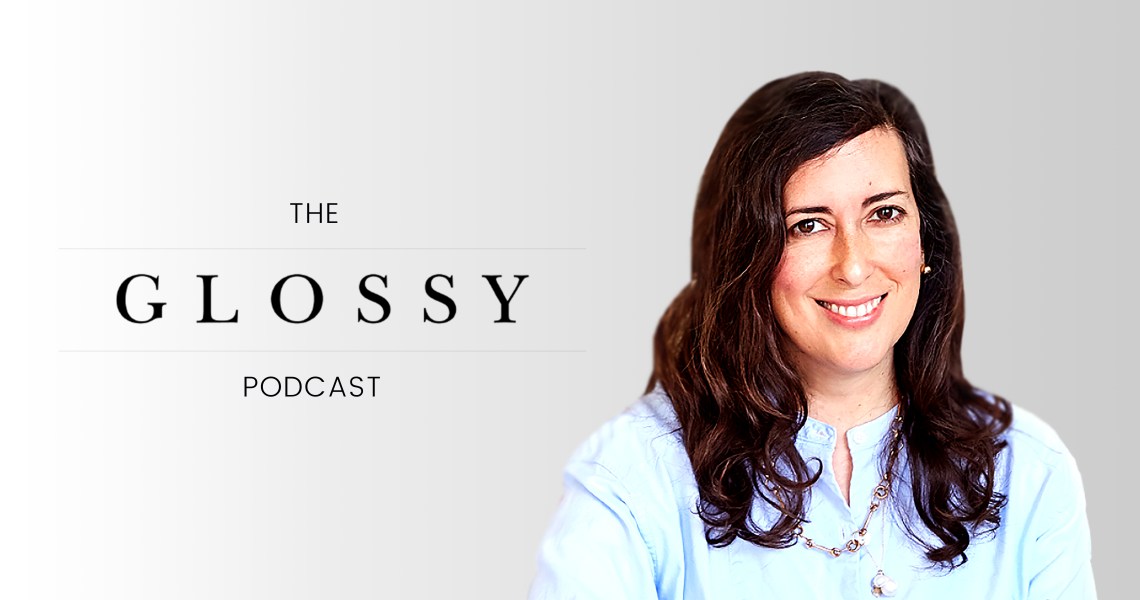Subscribe: iTunes | Stitcher | Google Play | Anchor
Clare Vivier’s designer handbag brand, Clare V., was direct-to-consumer before anyone was using the term “direct-to-consumer.”
“I eventually got my brand into wholesale accounts, but I had a website before that. That was just how I knew to start a business,” said Vivier. “That’s been a huge advantage, that I’ve never been intimidated to sell direct-to-consumer or have my own website.”
Over the past 10 years, Clare V. has expanded its line of handbags and accessories to include apparel. It’s sold through a 60-30-10 mix of direct retail (online and in seven Clare V. stores), wholesale (including accounts like Nordstrom, Shopbop and Net-a-Porter), and special projects and collaborations with brands like Tom’s, & Other Stories and Steven Alan.
Vivier joined the Glossy Podcast to discuss evolving as a designer-founder over the past 10 years, marketing in a department store versus Instagram, and keeping up with the pace of the industry. Edited highlights, below.
On global vs. local
Vivier said her main challenge right now is taking a local business international without losing touch of its roots. Ninety percent of product is made in Los Angeles, where the brand is based, and it’s a high priority that the company stay involved in the local community and economy. At the same time, it’s building an audience and business in markets like Japan, South Korea and France.
Ad position: web_incontent_pos1
“The thing that’s most timely for me is that people really seem to care about things being made in America, made in California, which our brand mostly is. But we don’t plan on staying a local company — we have seven stores in the U.S. and a good business internationally. We went to be a global company,” said Vivier. “So we are doing the best we can in terms of: Yes, we are … producing jobs in California. If you’re as thoughtful as you can be [as a brand], that’s already huge.”
On building a brand within your means
Clare V. has been built at a pace in accordance with its cash flow, never having taken outside funding. Vivier said a priority of building the business has been building it without overreaching: opening stores in locations that make sense, spending marketing money smartly and not setting expectations she couldn’t meet. To do so, she has relied on a combination of a wholesale business and Instagram and Facebook retargeting to get in front of as many people as possible, without paying out of pocket for one-time customers.
“It was ingrained in me to sell directly to our customer. But even as we’ve seen the decline of big department stores and all the issues happening in retail, [those partners] are very necessary, because they have a lot of power and more marketing capability,” said Vivier. “But with the power of things like Instagram, it allows a form of direct marketing that we didn’t have when I was starting out. But there’s a cost per customer. We don’t take out more money than we need, and we don’t have capital investment that keeps us growing at a certain pace, and that’s a wonderful place to be in.”
On newness and expansion
While Vivier has kept the brand mostly focused on the handbags and travel accessories it started out selling, it’s slowly expanded into apparel and other categories by testing them through collaborations. To Vivier, Clare V. is “perfectly poised” to turn into a lifestyle brand in the long term, thanks to its direct retail strategy and aesthetic. In the meantime, she’s been injecting the main two-a-year collections with newness, because people visiting stores today expect to see new product more regularly than before.
“I never want to do anything without being ready to do it, and the size of our company is not conducive to spreading ourselves too thin,” said Vivier. “But the things that have our names on it sell well, and since we’re produced locally, we can add new product to stores on a weekly basis.”




